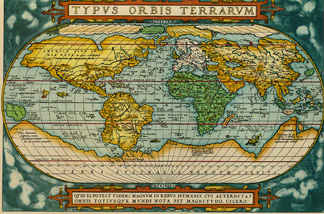Spring 2012
UCSD
INTL 102
Economics, Politics, and International Change:
The Modern World Economy
J. Lawrence Broz

This course examines the evolution of
the world economy from the late nineteenth century to the present. Our purpose is not only to
describe the historical trends in the international economy but also to
explain the causes and the consequences of these trends. Students come away with the
basic tools they need to understand the global economy and the politics
of international economic relations.
The history of the modern world economy divides into
three periods. The
Golden Age (1870-1913) was a period of extensive
globalization; in some respects, nations were more economically
integrated then than now. The
Golden Age came to an end with the Interwar Interregnum (1919-1939),
which saw nations abandon the world economy and turn inward behind high
protectionist barriers and restrictions on international capital flows. Postwar
Globalization (1945-2003) saw the gradual reemergence of the
world economy, a trend that is now threatened by politics,
anti-globalization forces, and crises in global finance.
![]()
![]()




